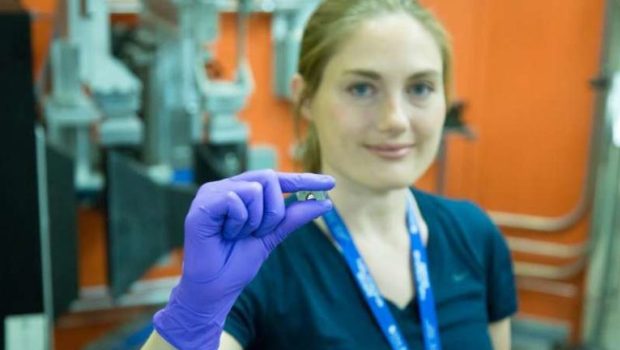NASA has been the pioneer in 3D printing technology and has used this technology on a manifold basis. 3D printed full body suits to be worn on the way to Mars, to making 3D printed rockets NASA is using 3D printing in every possible field. It recently collaborated with Aerojet Rocketdyne for advanced 3D printing projects.
Research is ongoing on testing the residual stress generated during the 3D printing process. The scientists are engaged in weighing the pros and cons of the impact of 3D printing processes on aerospace objects. The objects sent into space need to be tested on various grounds and involve high levels of testing procedures. The research and development phase of these rocket parts is of crucial importance and NASA takes utmost care to conduct the tests. The concern for safety in space is higher. The team of engineers at NASA’s Marshall Space Flight Center in Huntsville, Alabama are studying the impact of neutrons on 3D printed parts of rocket engines. The team has used the Neutron Residual Stress Mapping Facility at Oak Ridge National Laboratory’s (ORNL) High Flux Isotope Reactor (HFIR), beamline HB-2B for the processes of testing. The researchers with examine the residual stress impact on the 3D printed rocket parts. If they pass these tests, the rocket parts could be 3D printed at low cost and higher speeds.
These research processes will greatly help in improving the 3D printing processes in many other streams. This is true especially in the case of metal 3D printing where the research will pave way for better and stronger additive manufacturing of metal parts. The residual stress incurred in 3D printing might affect the material processes and the part geometries become difficult to measure. The HFIR neutron can effectively measure the residual stress on complex shapes.
